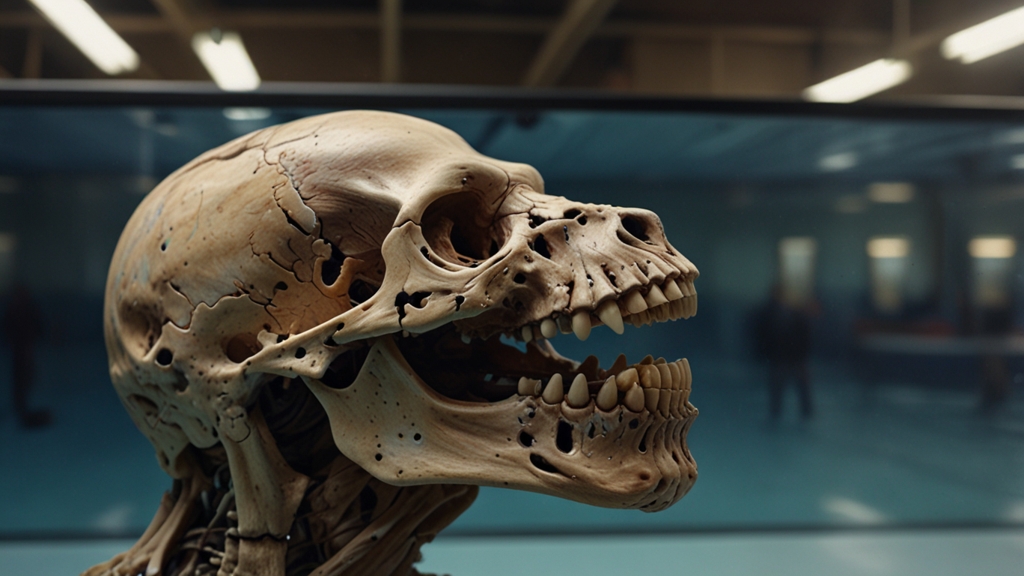Rescue Missions: How Scientists Are Saving Endangered Species
In an era where biodiversity faces unprecedented threats, the race to save endangered species has never been more urgent. Scientists worldwide are mobilizing their expertise and resources to pull numerous species back from the brink of extinction. Through a combination of cutting-edge technology, conservation efforts, and community engagement, these rescue missions aim to preserve the planet's natural heritage for future generations.
Understanding Endangerment
Endangerment occurs when a species faces a high risk of extinction in the near future. The causes are usually multifaceted, including habitat loss, pollution, climate change, overexploitation, and invasive species. To counteract these threats, scientists first need a deep understanding of the factors driving a species toward extinction. This involves rigorous fieldwork, data collection, and analysis to devise effective conservation strategies.
Genetic Science: A Beacon of Hope
One of the most groundbreaking advances in conservation science is the use of genetic techniques. By analyzing the genetic makeup of endangered species, scientists can gain invaluable insights into their genetic diversity, which is critical for their long-term survival. Techniques such as DNA sequencing, cloning, and gene editing are being explored to either boost population numbers or enhance resilience against diseases and changing environmental conditions.
“Genetic diversity is the key to survival. By preserving it, we are essentially giving species a fighting chance against extinction,” says Dr. Amanda Roberts, a molecular biologist specializing in conservation genetics.
Captive Breeding Programs
Captive breeding programs have been instrumental in boosting the population numbers of critically endangered species. These programs involve breeding endangered species in controlled environments such as zoos and wildlife reserves. Once the population reaches a sustainable level, efforts are made to reintroduce these animals into their natural habitats. Species like the California Condor and the Black-Footed Ferret have benefited immensely from such initiatives.
Technology as a Conservation Tool
Technology has proven to be an indispensable ally in modern conservation efforts. Drones, satellite tracking, and AI-driven data analysis allow scientists to monitor wildlife populations and their habitats more effectively. These tools help in identifying critical habitats, tracking migration patterns, and even predicting potential threats.
“Technology has revolutionized our approach to conservation. With real-time data, we can make informed decisions that significantly enhance the effectiveness of our rescue missions,” notes Dr. Simon Clark, a wildlife ecologist.
Community Involvement
No rescue mission can succeed without the support and involvement of local communities. Conservationists work closely with indigenous and local populations to implement sustainable practices that benefit both the wildlife and the people. Educational programs are vital in raising awareness about the importance of biodiversity and the role each species plays in the ecosystem.
Legal and Policy Frameworks
Effective conservation also requires robust legal frameworks and policies. International agreements such as the Convention on International Trade in Endangered Species (CITES) and national legislations like the Endangered Species Act in the United States provide the legal backing needed to protect endangered species. Scientists often collaborate with policymakers to ensure that conservation strategies are not only scientifically sound but also legally enforceable.
Success Stories and Ongoing Challenges
The success stories are heartening. The rebound of the Bald Eagle in the United States, the revival of the European Bison, and the sustained efforts to protect the Giant Panda are testaments to what can be achieved when science and dedication come together. However, the challenges are far from over. Climate change, habitat destruction, and illegal wildlife trade continue to pose significant threats.
“The journey is long and fraught with challenges, but every success story fuels our determination to keep fighting,” concludes Dr. Elizabeth Turner, a conservationist with over two decades of experience.
Conclusion
While the road to saving endangered species is arduous, the concerted efforts of scientists, conservationists, policymakers, and communities offer a beacon of hope. Through a blend of scientific innovation and unwavering commitment, we can ensure that endangered species not only survive but thrive. The urgency of the mission cannot be overstated, but neither can the potential for success. With collective action and relentless dedication, the dream of a biodiverse and balanced planet can become a reality.














